
Senseless dangerous driving horror in Brampton reignites anger over excessive speeding across Peel
A blue Infiniti was turned into a dangerous projectile last week. Its driver, who just days earlier had been caught on video apparently passed out while crashing over a sidewalk before snapping to and streaking away, had again weaponized his vehicle.
He tore through the intersection at Torbram and Countryside Road. The car careered toward other vehicles, including a Volkswagen with a young family inside. Like a stray missile before its deadly impact, the out of control Infiniti and its maniacal driver were about to wipe out four lives.
Brady Robertson, 20, a Caledon resident, was travelling at a “very high rate of speed” Peel police said Thursday when he was charged with four counts of dangerous driving for fatally smashing his car into other vehicles.
Karolina Ciasullo, 37, and her children Klara, 6, Lilianna, 4, and Mila, 1, also of Caledon, were killed.
The senseless loss of life caused international headlines and sickened responses. They quickly turned to anger, another avoidable tragedy on Peel’s dangerously fast roads.
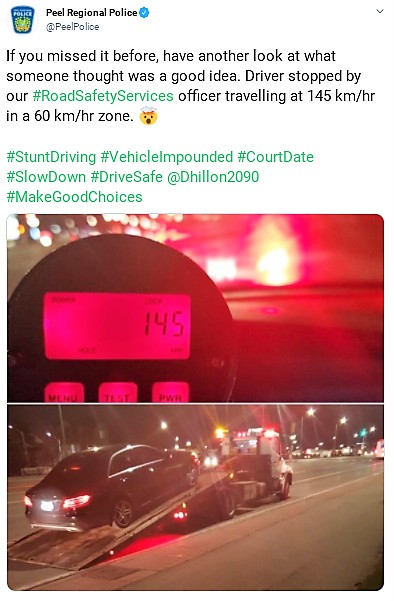
Excessive speeding is common on many of Peel's wide, fast roads
In 2018, Peel police reported 41 motor vehicle related fatalities and 232 Highway Traffic Act charges a day.
Across the region, calls have increased over the last decade as illegal street racing and driving-related deaths have raised widespread concern, but have not been met with tangible solutions.
This week, Mississauga City Council delayed the deployment of its Automated Speed Enforcement program (ASE) simply known as speed cameras. Installation was set to start this summer but due to administrative and financial delays won’t be complete until 2023.
The city had initially planned to install two mobile photo radar units as a part of Phase-1 this year. Phase-2, which won’t happen for two years, will include 22 remote cameras rotating through neighborhood community safety zones.
“I am not happy with this decision and wish these cameras could be installed in 2020,” Councillor Pat Saito said in an interview with The Pointer.
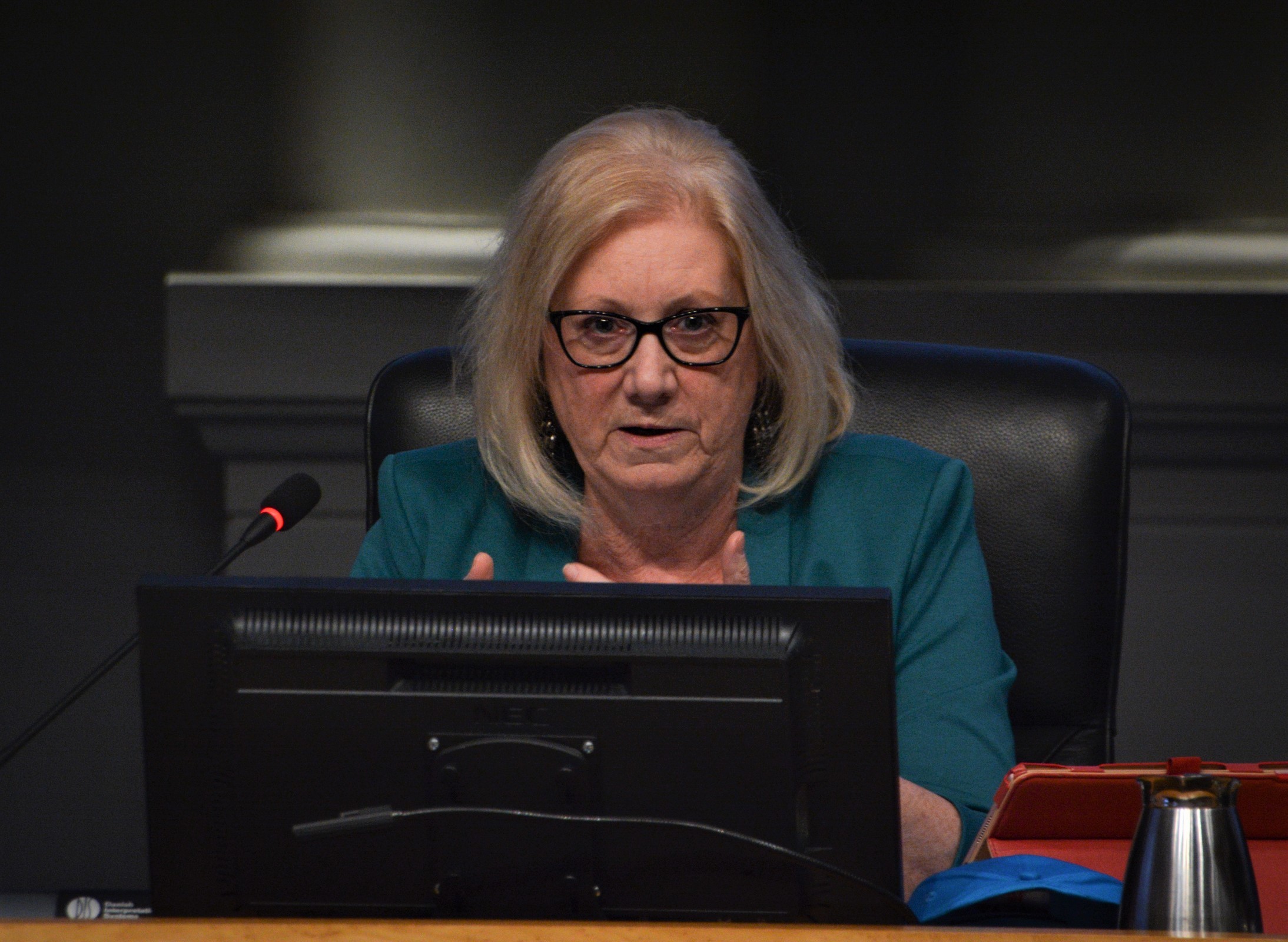
Mississauga Councillor Pat Saito isn't happy with delays to traffic calming plans
Speeding has long been an issue across Peel along with street racing and stunt driving. Even during the pandemic, when driving has been dramatically curtailed, in March alone, police laid 44 charges for stunt driving, up 63 percent from 2019 when only 27 charges were laid.
Speaking to councillors on Wednesday, Mississauga road safety supervisor Colin Patterson explained the speed-camera program will start later in 2021 due to delays in the city’s efforts to reduce speed limits in community and school safety zones.
The inability to put in place traffic calming measures in advance of the new plan will cause at least a six-month delay. Cities in Ontario were first given permission to begin planning for speed cameras in December with Mississauga originally proposing a September launch.
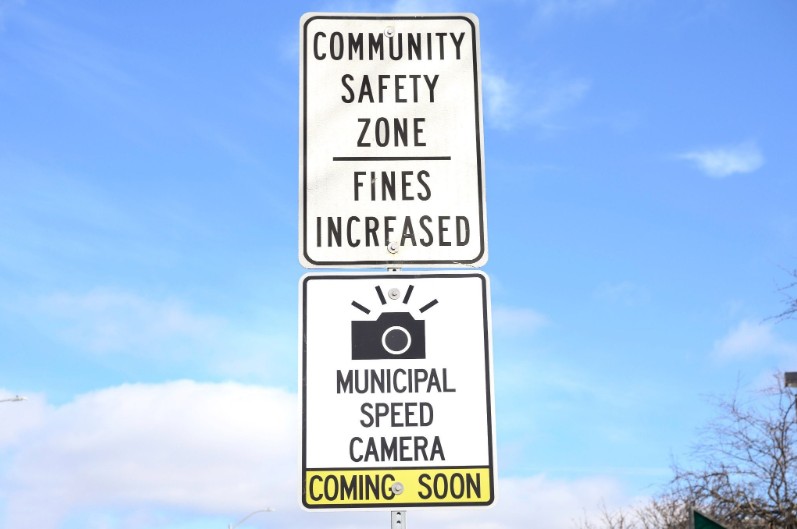
Speed cameras are to be used in concert with other traffic calming measures with warning signs placed 90 days before tickets are issued once monitoring devices are set up so that drivers are aware of new speed limits.
To reduce the speed limit in residential areas and school zones Council approved The Neighbourhood Speed Limit Project on January 22, as part of the 2020 Budget.
The project aims to reduce speed limits to 40 km/h within more than 130 neighborhoods citywide in one year. In addition, more than 200 neighborhood school zones will have a reduced speed limit of 30 km/h.
To date, 40 km/h posted speed limits have been implemented in 11 neighborhoods. This project has been on hold due to the COVID-19 pandemic but staff say work is proceeding and the project will recommence shortly.
Saito doesn’t think the province is allowing cameras where they need to be, where most collisions are happening. A city report states that community safety zones can be any location that "is of special concern" such as intersections experiencing a high frequency of collisions, roadways near schools, daycare centres and retirement facilities.
“The injuries are on the major roadways, the arterial roads like Derry, Winston Churchill, Erin Mills Parkway, Britannia, all of those streets are the ones where the collisions are happening, where people are being hurt or killed. We're not allowed to put the cameras on those roads,” she said.
Every year Peel Regional Police conduct a road safety blitz to coincide with the start of the school year. In the fall of 2019 police handed out 852 tickets on roads in or around school zones. Of those, 30 percent were for speeding, with one driver clocked at 124 km/h in a 50 zone.
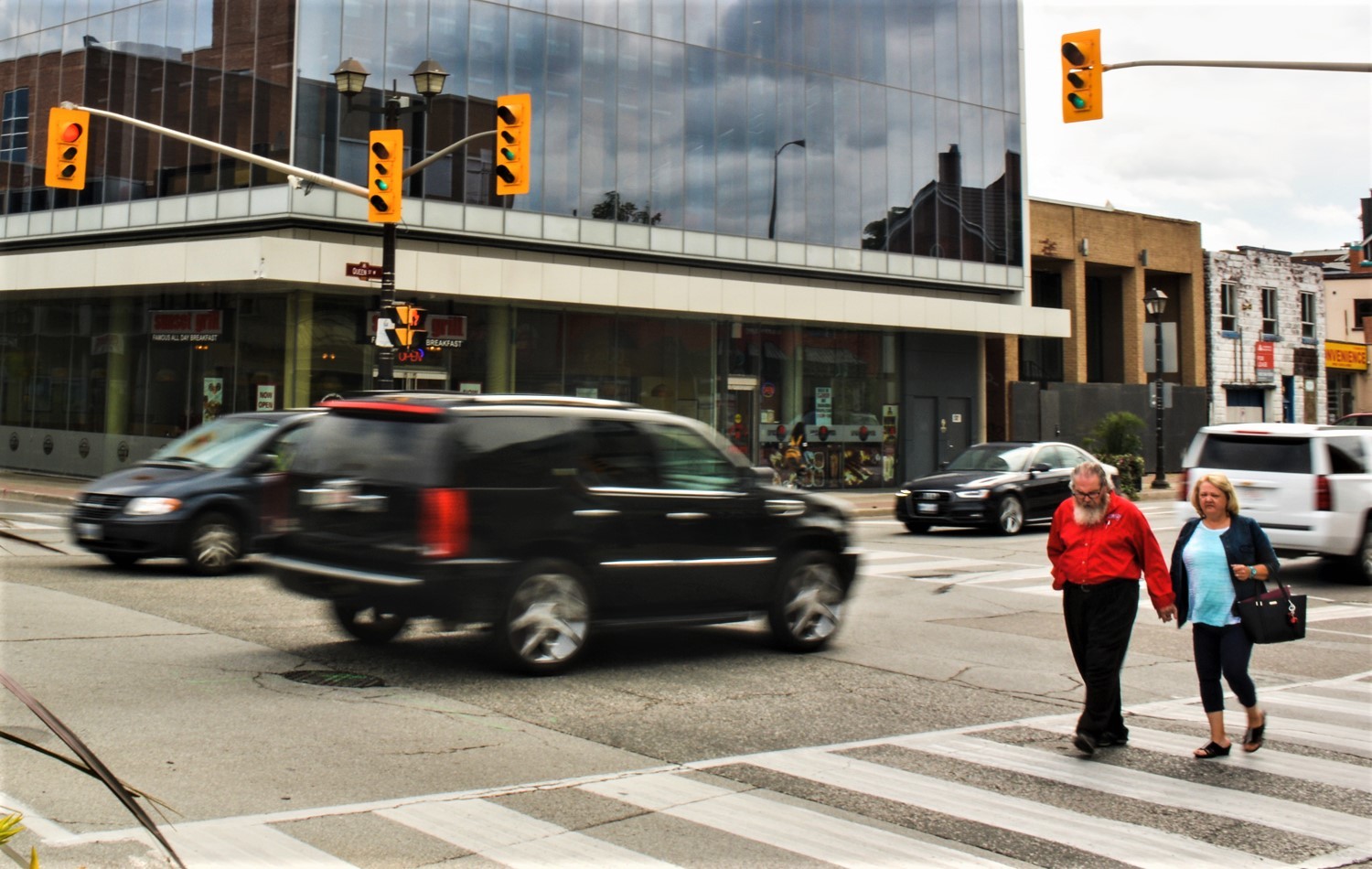
Queen Street in downtown Brampton leads to the 410 Highway
Mississauga’s transportation design connects city and regional roads around subdivisions to larger highways that have high-speed limits.
This creates an on and off-ramp style of driving sometimes with empty roads that have acted as a temptation to some irresponsible drivers. High speed limits on some interior roads, up to 80 km/h, are often used by young drivers who test the limits of their vehicles, many of which are modified with racing features, across Brampton and Mississauga.
Hurontario Street, Dixie Road and Williams Parkway are just a few examples of the region's highway-like roads, cutting straight through the heart of residential suburbia.
Mississauga has been asking for ASE's for almost a decade; Brampton which has a similar transportation structure with wide, fast roads and issues with excessive speeding (a major contributor to its sky-high auto insurance rates) already began implementing cameras, but Mississauga has lagged behind.
With staff working from home during the pandemic and the financial hit of COVID-19 there has been significant pressure on the budget.
Geoff Wright, Commissioner of transportation and works for Mississauga, said the process of lowering speed limits was delayed due to re-prioritization and reaction to the COVID-19 pandemic. “The city staff won’t meet its end-of-year target.”
The program cost of ASE over four years is estimated at $520,000 for contract services provided by Redflex Traffic Systems (Canada). The city will also pay $880,000 to the City of Toronto to process the offense notices.
The ASE technology is common around the world and has been an effective speed enforcement technique, but it was only made legal in Ontario at the end of 2019. It’s an important step to reducing speed in the areas cameras are allowed, and future accident rates will be monitored to assess the success.
The World Health Organization says monitoring vehicle speed can avoid crashes from happening and reduce the impact of collisions when they do occur by lessening the severity of injuries sustained.
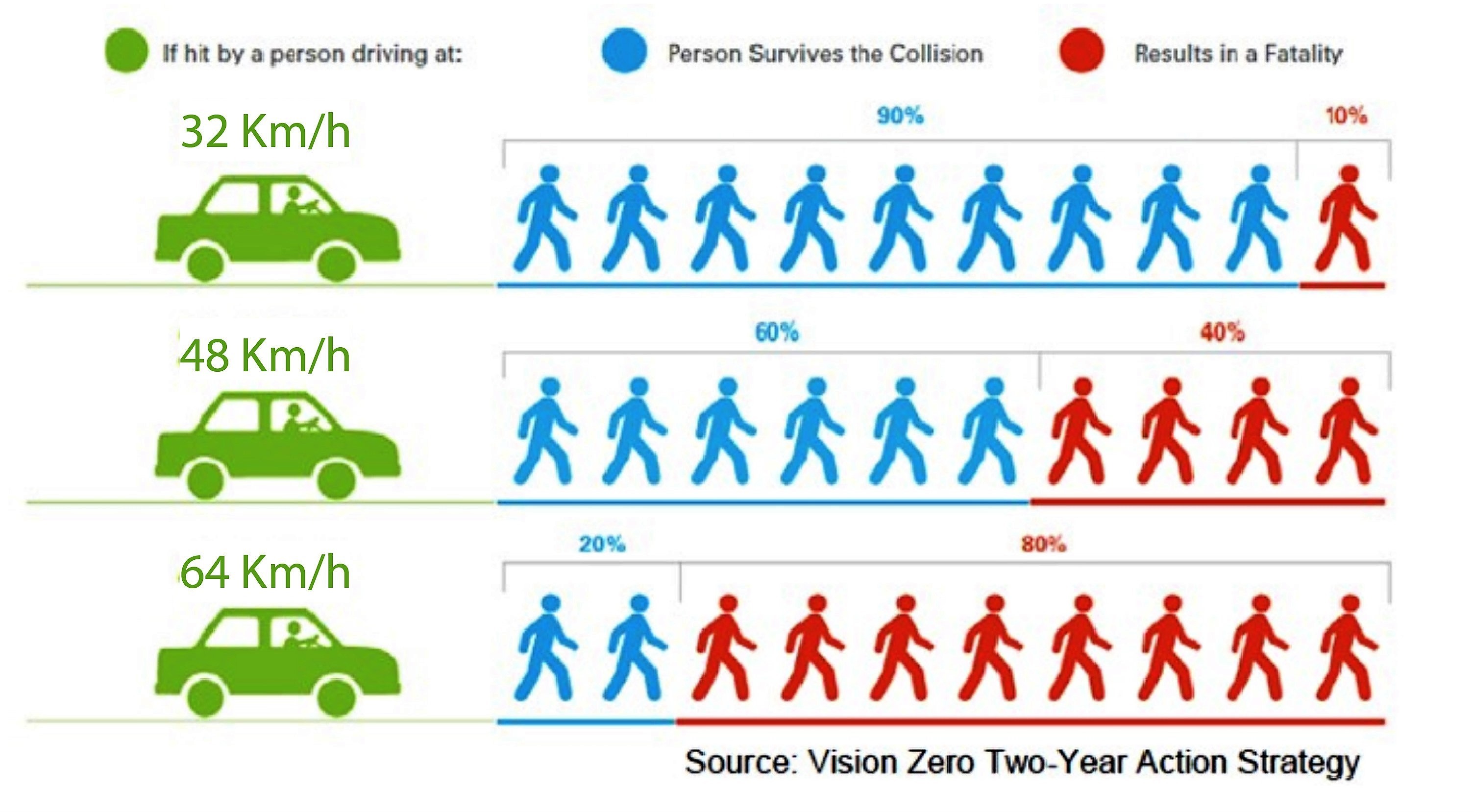
For each added kilometre/h of speed that a vehicle travels the risk of crashing and injury increases by 3 percent.
Two years ago, Mississauga joined other cities with Vision Zero strategies, a philosophy that Brampton and the Region of Peel are also committed to, in an effort to reduce pedestrian fatalities on local roads to zero through a mixture of education, enforcement and infrastructure changes.
Vision Zero came from the belief that no loss of life is acceptable. Mississauga’s delays in implementing traffic calming measures could lead to more easily preventable accidents.
Email: [email protected]
Twitter: @dudha_aishwarya
Submit a correction about this story


